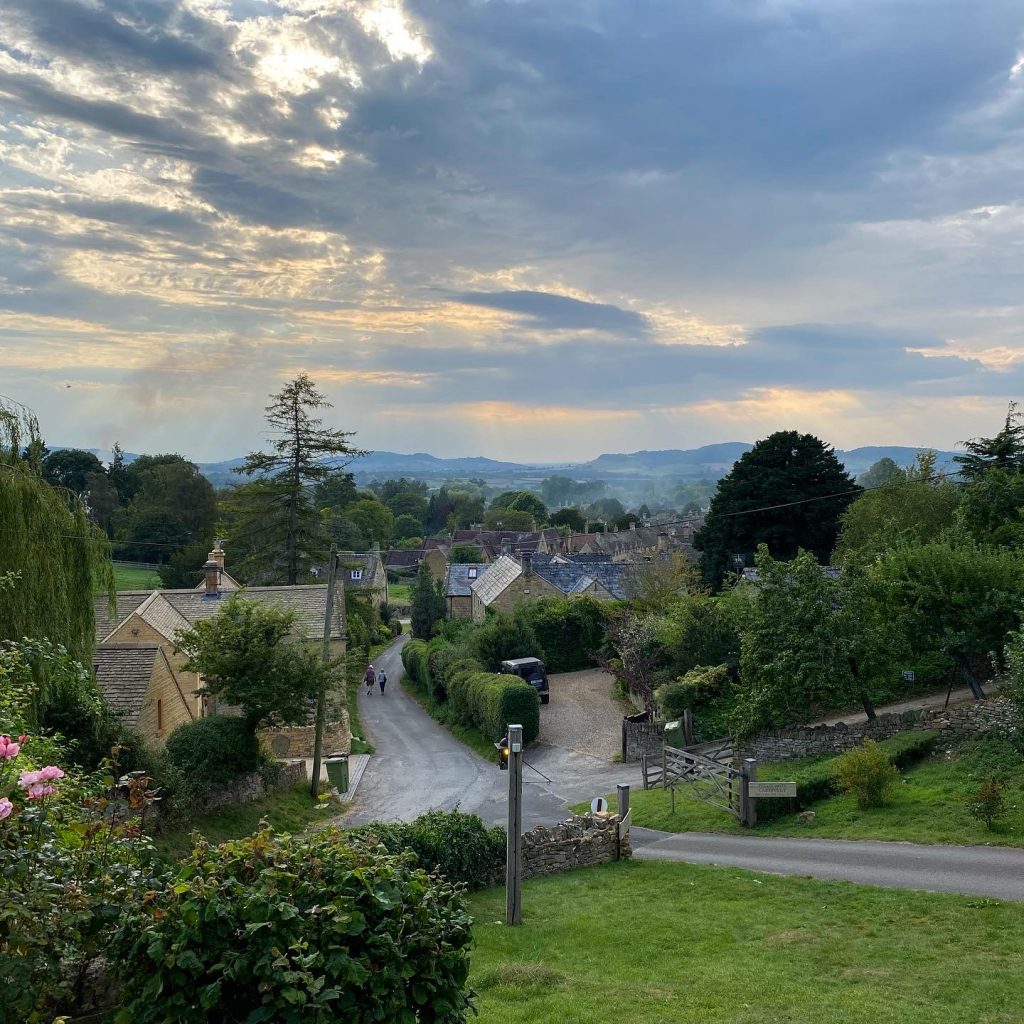Intrigued About Meditative Walking? City Or Country, Here’s What You Need To Know.
Did you do a little more walking in nature than usual over the last few years?
Many more people have embraced mindful walking and nature as therapy since 2020, and It’s no surprise! Being in nature is good for every dimension of your wellbeing. Physical, emotional and spiritual.
Oh yes! Even a small dose of natural beauty has the power to calm you down, raise your energy and refresh your perspective, leaving you better able to embrace the day ahead. Mother nature is like one of those wellness hotlines you call for help with stress. Except she’s free of charge, has pop up ‘clinics’ everywhere, and is available to soothe you 24/7. She doesn’t tend to say that much, but when she does it’s in an ancient, wise and wordless language that somehow we all understand.
Idea One: Lunch Meditation, Let’s Get Lost
Whether it’s a gorgeous hike in the forest or a simple walk around the block after lunch, mindful walking is the perfect tonic for mind, body and spirit. Let’s share three unique approaches to the humble walk that can add a little calm to your day.
Go for an aimless walk and see where you end up. As you walk, pay attention to your surroundings: what do you see, who do you meet?
On one or two occasions while walking around the office in London, I found myself lost somewhere just outside the Bank of England while doing this – a long way from where I set out. So do take a map or your phone if you have to be back on time. If you can’t get outdoors, maybe you can wander round the building; you never know what you’ll find.
I discovered the wonder of getting lost some years ago and have since found it to be a fun and intriguing past time. When you explore without a plan, you are open to serendipity and anything seems possible. A happy surprise, an unexpected discovery maybe.
Idea Two: Take A Derive
Speaking of serendipity, I recently read The Society of the Spectacle by Guy Debord (1967, France). For the most part, It’s about the consumerism that boomed in the post war period. But what interested me most was how Guy was part of a group called the Situationist International. A group who, according to the Encyclopaedia Britancia, “Believed that a society organised around such consumption induced boredom while shaping peoples desires in such a way that could only be fulfilled through the purchase of consumer goods”
Interesting, right? Alongside his critique of consumerism, Guy suggested that people were becoming ever more obsessed with images, and were beginning to put appearances before reality, truth and actual experience. Ideas that still feel so relevant to the world we find ourselves in today, which is wonderful considering he wrote it in 1967.
A modern day example of this idea is when people get more satisfaction from the way they appear to others in their holiday photos, over how much they actually enjoyed their holidays. Appearances over reality. To counteract this Guy and the group set about creating situations, little moments of reality where people could be happy and content in and amongst a society permeated by culture of endless buying and getting.
One such situation was called a derive, which put simply, means having a meandering walk around the city in order to meet new people, see unexpected places and have new (real) experiences. Not spending or buying, just looking and understanding. Becoming, even if just for 30 minutes, a modern urban contemplative. A flaneur.
I loved discovering Guy Debords work, and was thrilled to see that another philosophy lover was getting lost in the city more than 50 years before I had thought to do the same.

Idea Three: Take a Meditative Walk
(15 minutes mindful walking, depending on your schedule)
- Choose somewhere to walk where you will be relatively undisturbed and won’t walk into anything, perhaps a park or your garden or near to the beach. Begin by closing your eyes and breathing several easy gentle breaths. Find your center point and your calm.
- Next open your eyes and begin to walk forwards without a plan, without forecasting and with a great sense of curiosity and presence.
- Notice how it feels to lift the feet, the legs, and how your body moves through space.
- Notice the experience of walking. Is there a sense of rushing of anticipation in the mind or body, a need to get going or momentum to move ahead?
- Can you be present and aware as you walk for fifteen minutes or so?
And so, here we are. The next time you head out for a stroll why not practice mindful walking and see where it leads you.
READ NEXT: Meditative Ideas For Country Walks
Practice ‘Encountering’ to really enrich your walks out in nature – Link
Visit the Lake District and be inspired by Wordsworth’s Landscape – Link
This post may contain affiliate links which means I may receive a small commission if you purchase books through my links at no extra cost to you.


